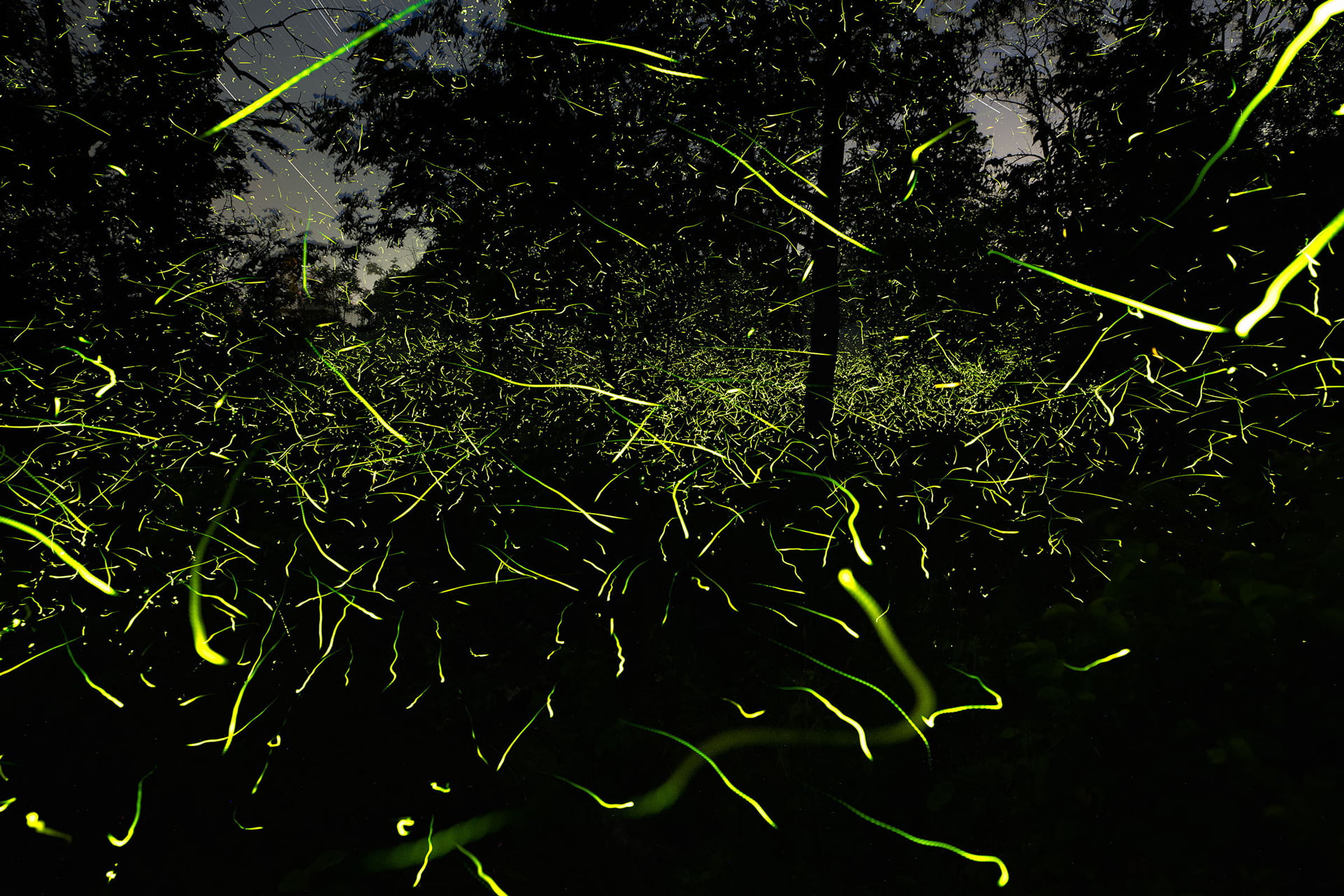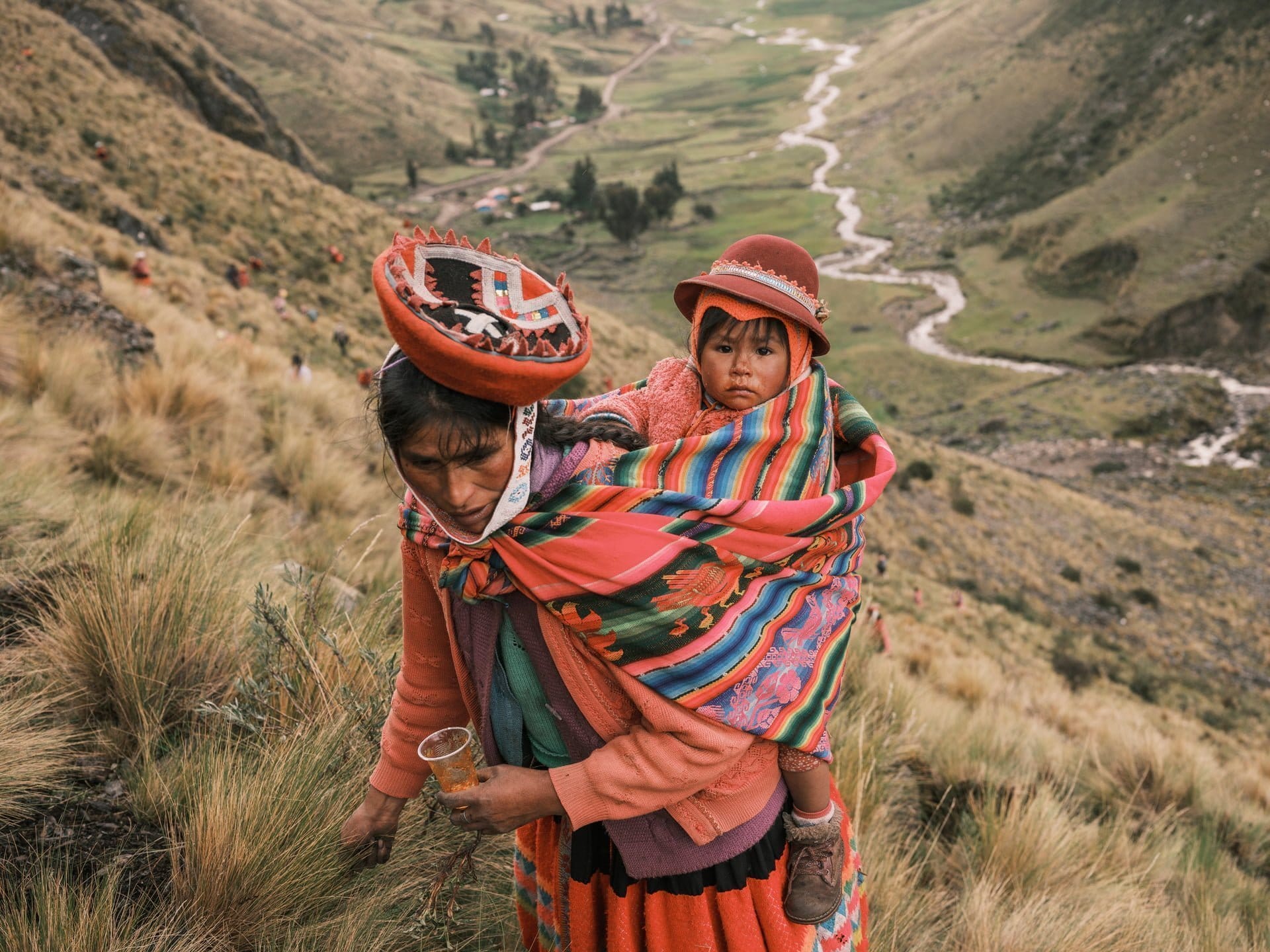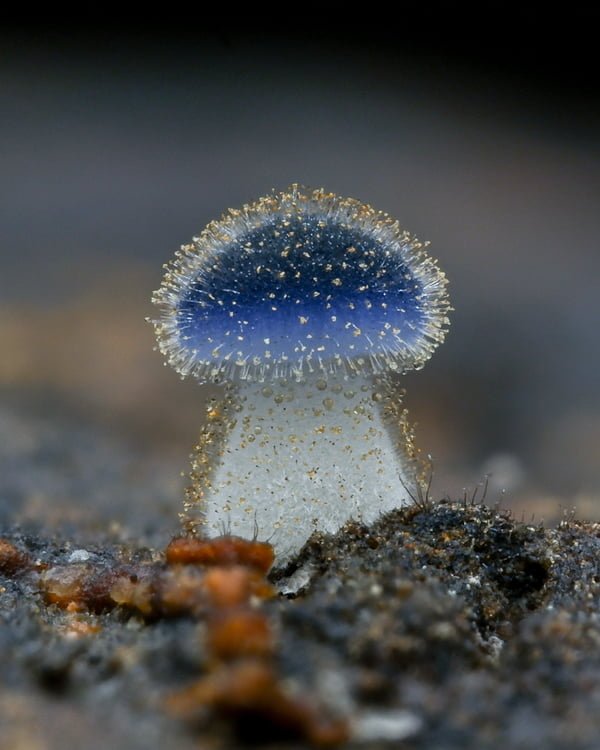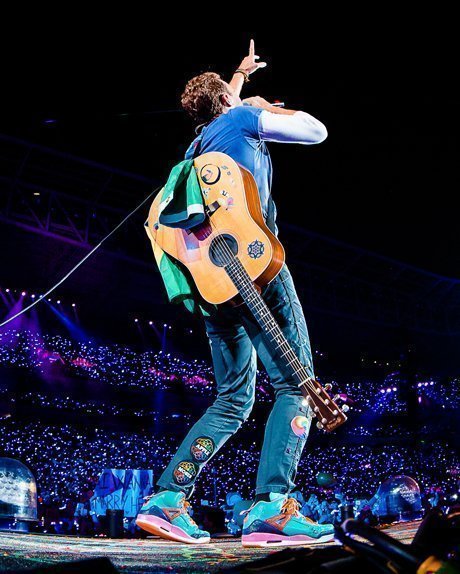Photographer Pete Mauney has spent more than a decade shooting fireflies. His glowing images capture the magic of the insects’ nocturnal displays and are helping scientists understand how they interact.
“The summer is the only nine-to-five job I’ve ever had. It’s just that it’s nine at night to five in the morning,” jokes Pete Mauney. For around six weeks in June and July, he leaves his home in Tivoli, New York most evenings around sunset. Armed with traffic cones and a reflective orange vest, he sets up four cameras at different locations along country roads and around abandoned buildings, in fields and among the brush underneath power lines. By 10.30 p.m., it’s usually dark enough for his subjects to start their light show, and Mauney’s cameras begin to roll.
Mauney has been photographing fireflies for more than a decade. During the summer months, when fireflies are most active, he will leave a camera in the same position for up to six hours, taking hundreds of timed exposures. He compiles these in Photoshop, using a technique called image stacking to create a single photo.
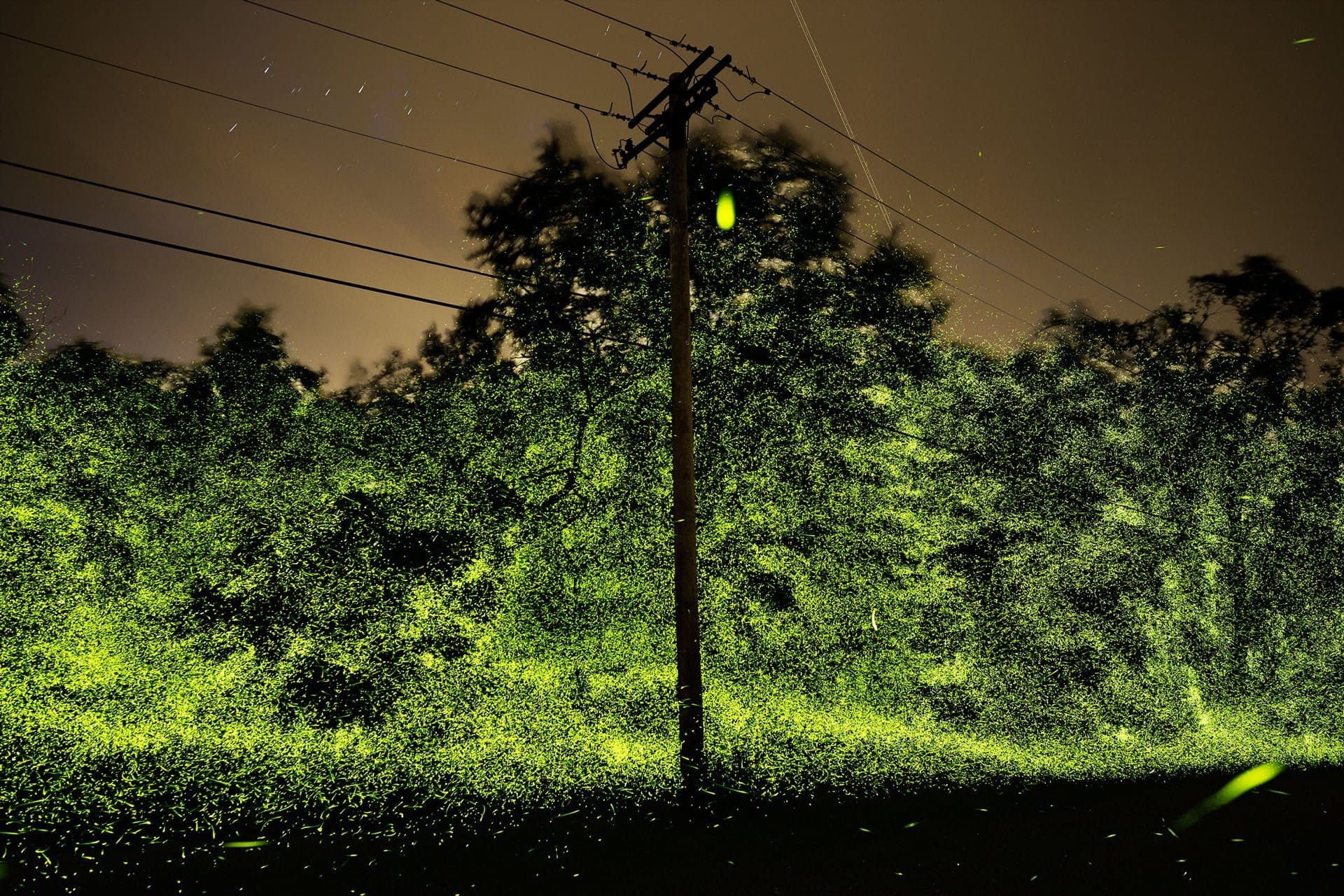
He explains: “If you look at individual frames, you’ll see 15, 20, 30, 50, 100 fireflies doing their thing, but just in little areas, right? But then cumulatively over time, the representation takes on the form of the landscape, and it takes on the form of how they interact with each other, and what trees they like and what trees they don’t like.”
The results, which effectively show a nighttime’s worth of firefly activity condensed into one image, are enchanting. Trees and fields appear to be blanketed with fireflies and glow a bright green. In some shots, the fireflies closest to the camera look like comets, their tails of light streaming out behind them.
Getting the photo he wants amid all this activity is a visual and logistical puzzle, says Mauney. “For me, that became ultimately the most obsessive and appealing part of the process. You can control it to whatever extent you think you can, but there’s always a big element of chance.”
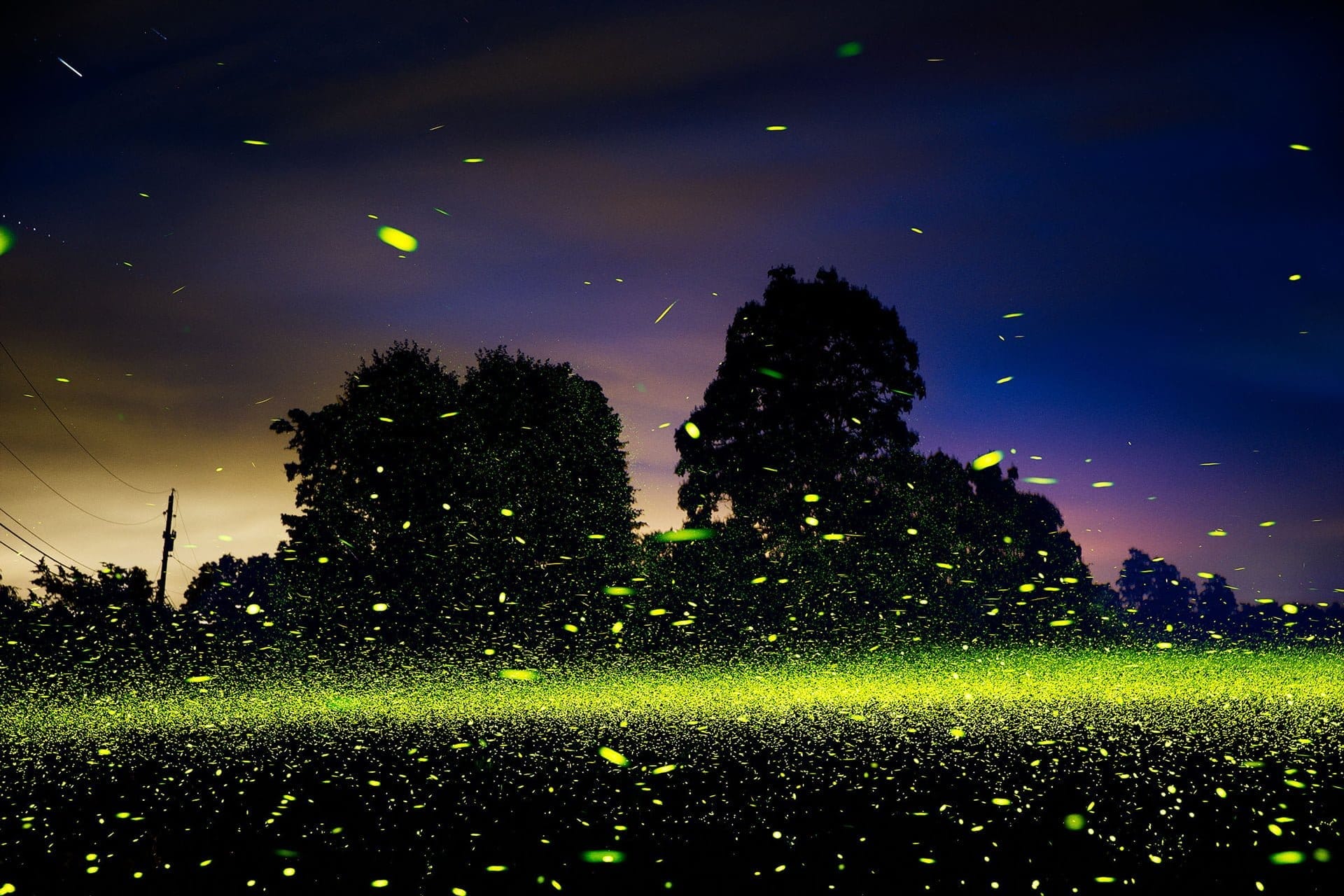
Love bugs
Another challenge is being surrounded by thousands of firefly flashes for long stretches of time. “The photographs look serene, and they look beautiful. But when [the fireflies] are really swarming and you’re in the middle of it, it completely fills your field of vision,” he says.
“There’s one place where one side of the road has one species, [which has a slow, relaxing flash pattern], and the other side has the really fast, intense type. And this is one of my favourite spots in the world. I’ve been there countless times. Because I hang around for hours, I’ll walk back and forth between the different sides. When one gets too much, I’ll go to the other side and calm down a little bit.”
Support Imagine5
We’re able to tell stories like this because of people like you. Join others from around the world in supporting Imagine5’s mission towards a sustainable future. Join today and receive our latest magazine for free.

Fireflies use flashes as mating signals. Males generally flash a specific pattern while they fly, hoping for a female to respond. If a female waiting in a bush or field likes what she sees, she will flash back. The couple engages in this twinkling flirtation until the male finds the female and they mate. Each species has its own flash pattern, a sort of code that helps fireflies identify mates of the same species.
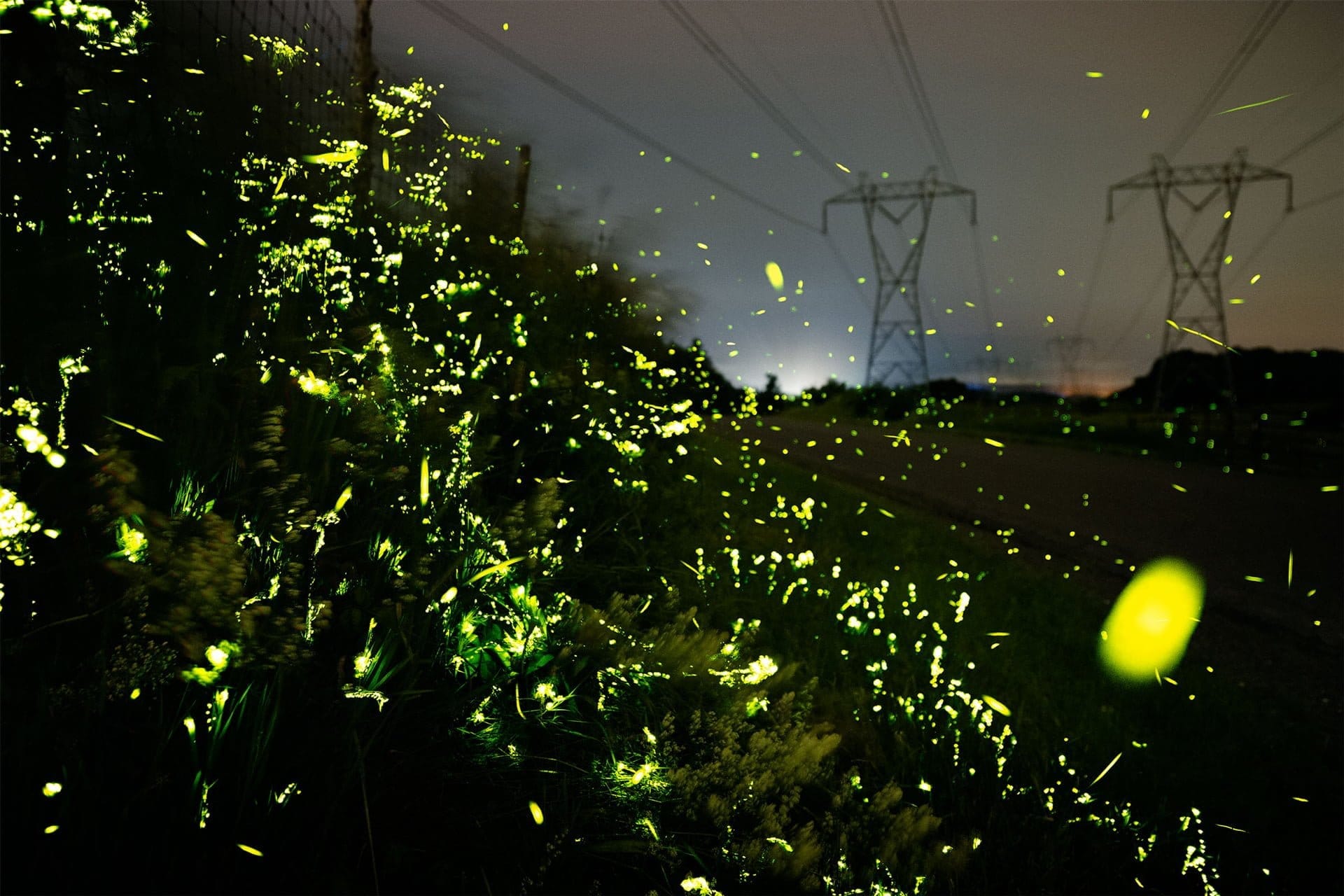
Citizen science
Dr. Orit Peleg heads a research team that studies insect communication at the BioFrontiers Institute of the University of Colorado, Boulder. She hopes to produce the first dictionary that matches firefly species with their specific flash patterns.
In 2022, Mauney was one of ten volunteers across the United States who signed up to crowdsource data on fireflies for Peleg’s team. He was sent two GoPro cameras to use when he was already out in the field. Positioned about six feet apart, the cameras capture 360-degree video that is merged to create models that map fireflies in space and time. This method was used to provide new evidence that firefly swarms can synchronise their flashes.
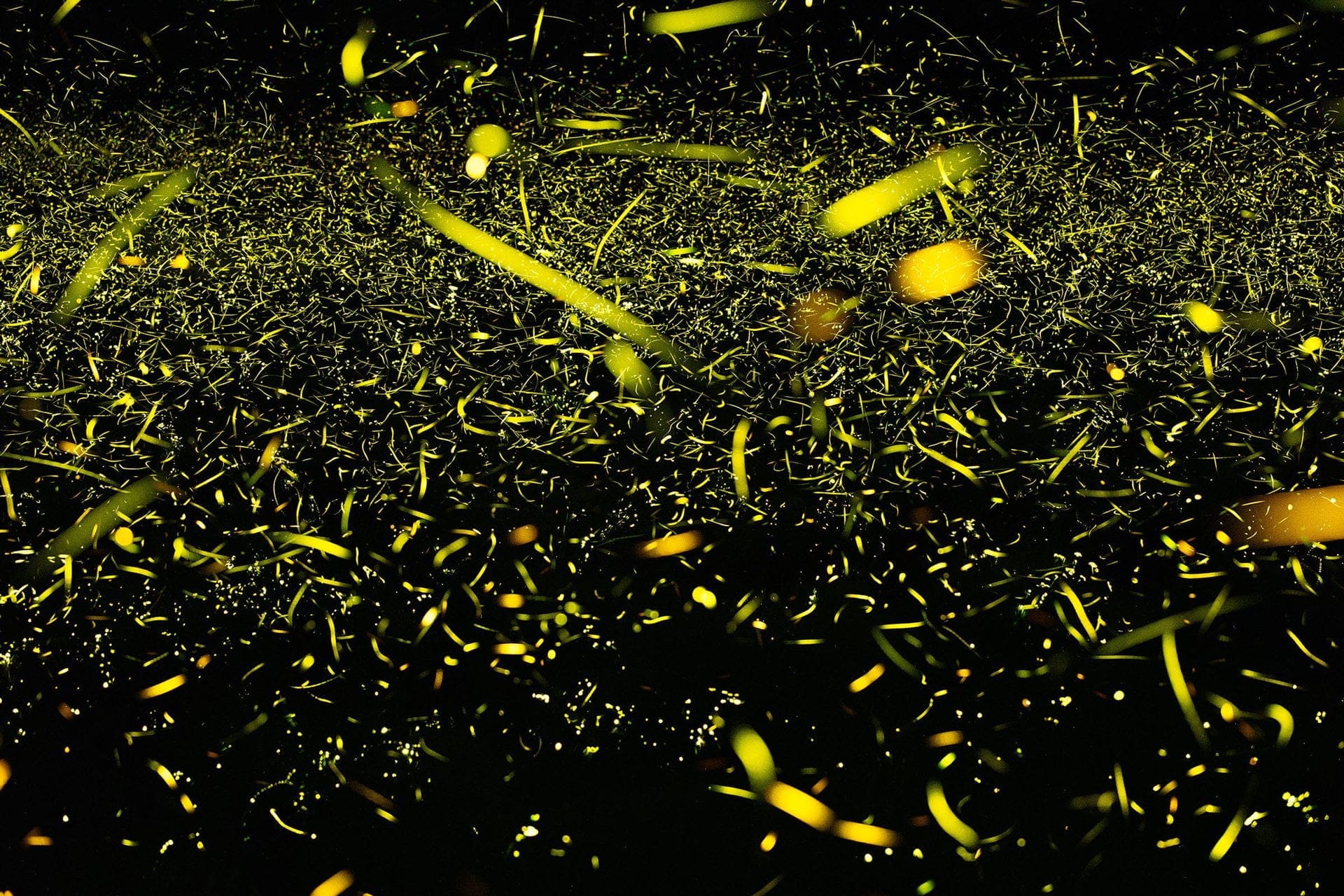
Peleg and her team are also interested in factors potentially impacting firefly populations, such as light pollution, pesticides and habitat destruction. Although Mauney says he had not noticed a decline in firefly numbers until this year – a change he attributes to the unusually dry, cold weather in May and June that may have disrupted the insects’ reproductive cycle – he had a “liberal crisis moment” a few months ago.
“I realised one night when I was driving around at 4 a.m. that the most immediate, aggressive, and especially in terms of acreage, threat to local firefly populations in my area is solar farms. Because solar farms like unused old farm fields, as do fireflies. … They’re removing the vegetation. What vegetation does grow back will be scrappy. The fireflies require the vegetation. … At the same time, [solar] is one of our solutions. So, it becomes this really weird cost-benefit analysis.”
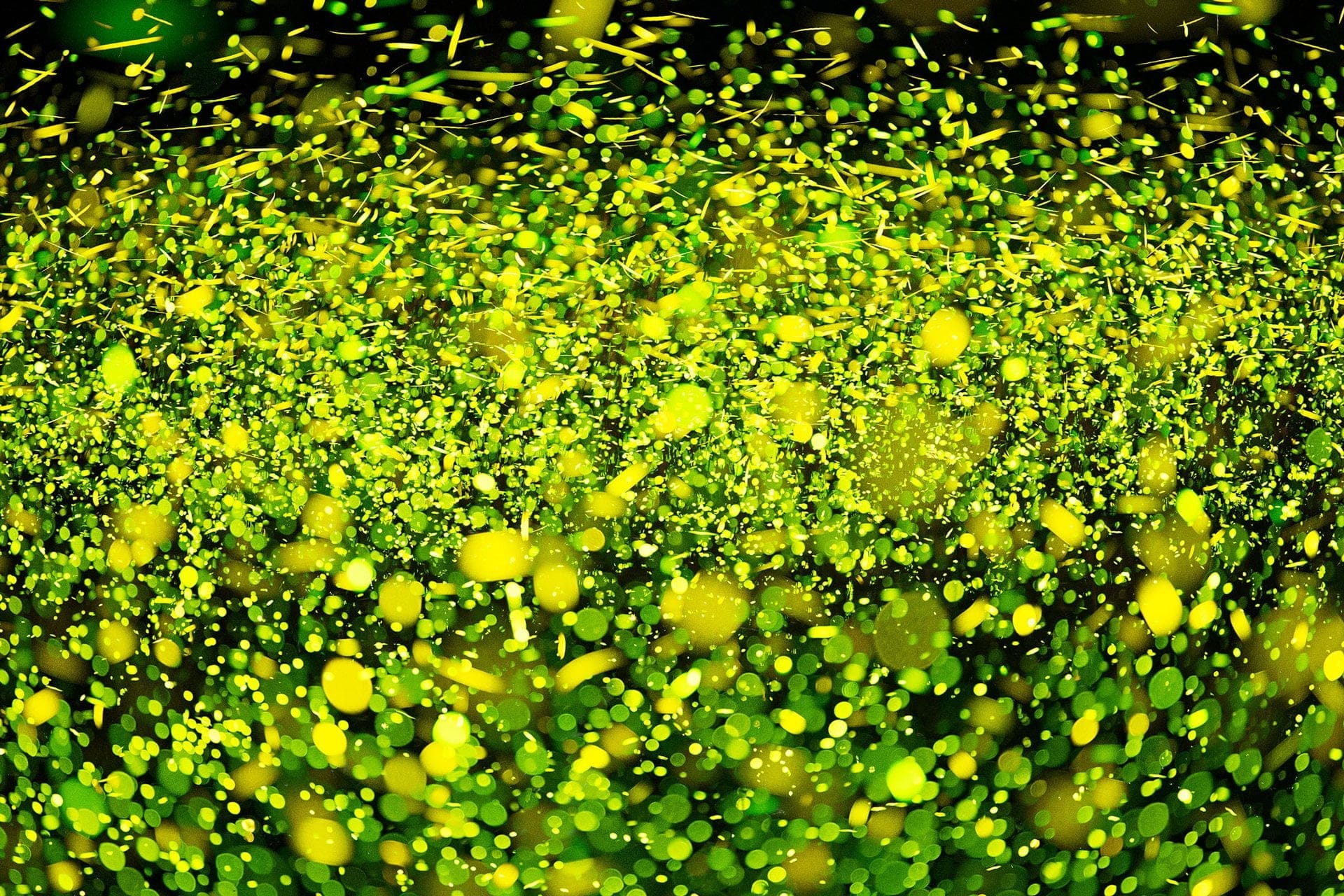
For now, the challenge of composing his images and the beauty of his subjects continues to lure him out night after night. Describing one particularly memorable foray, he says: “The trees along the creek were just alive and just moving and shimmering. I’m not a religious person, but I do have moments of spirituality … and this night was one of them. If [the photo] has any scientific value at all, I have no clue, but for me it was a life-changing night. It was incredible to watch.”

We’re able to tell stories like this because of people like you. Join others from around the world in supporting Imagine5’s mission towards a sustainable future. Become a member, or donate what you can. Find out more here here
